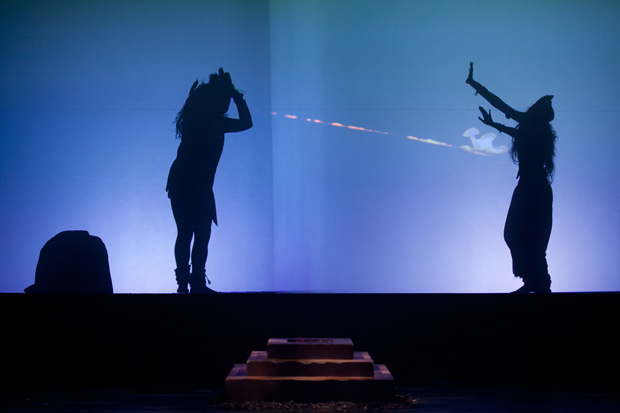
© Margo Moritz. (Click image for larger version)
Chitresh Das Dance Company
Shiva
★★★✰✰
Berkeley, Zellerbach Hall
27 February 2016
www.kathak.org
calperformances.org
Death was long on Pandit Chitresh Das’ mind. Over the past decade, the world-renowned kathak master prompted his San Francisco–based dance company to consider, “What will you do when I am no longer here?” Their readiness to answer was tested when Das died suddenly in January 2015, of an aortic dissection, at age 70. He left behind his wife and muse, Celine Schein Das, two young daughters and legions of admirers and students worldwide.
Perhaps there was an element of prescience in his final full-length work, Shiva, which premiered on Friday night at Zellerbach Hall, on the campus of the University of California at Berkeley. Based on the Hindu deity of destruction and rebirth, Shiva takes place largely in a foreboding underworld where Tantric Sadhus dance with skulls and fall prey to bhutas and pisacas, ghosts and ghouls that distract them from the path to enlightenment.
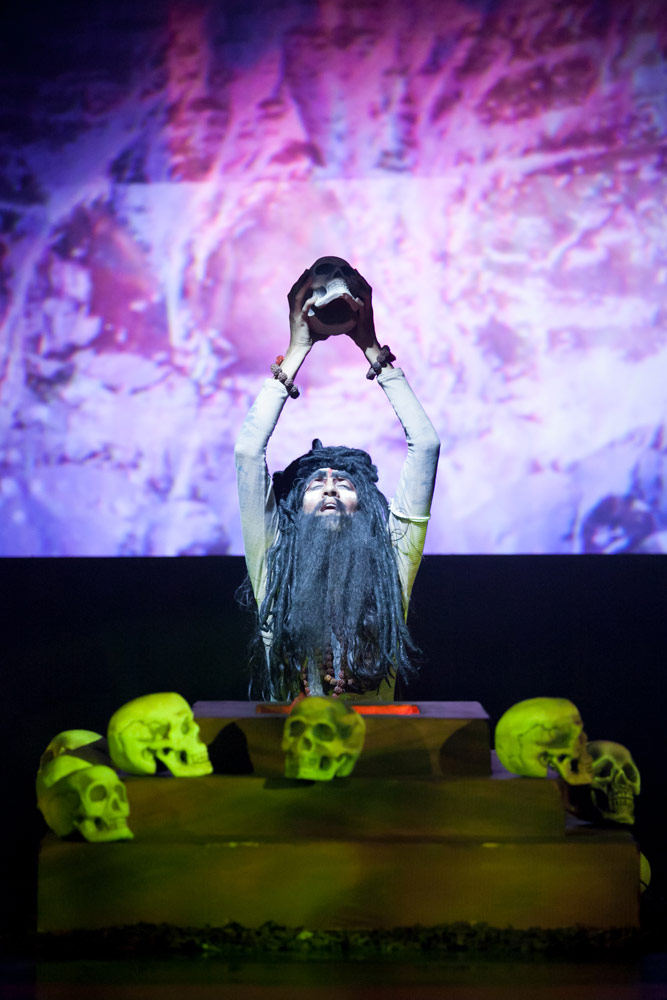
© Margo Moritz. (Click image for larger version)
Das himself seemed to live in a place of joy. Born in Kolkata (then Calcutta) in 1944, he was a child prodigy became an international ambassador of kathak, the Indian classical dance form. Das possessed abundant gifts in every aspect of his art: gripping storytelling, lightning footwork enhanced by jangling ankle bells, exquisite hands and an exhilarating energy that made his turns blur before your eyes.
His mastery of kathak was matched by his innovative mind and a hopeful spirit. By bringing modern elements into his work, he drew a global audience, thousands of students and unexpected collaborators like tap dancer Jason Samuels Smith, with whom he toured the world in a joint show called India Jazz Suites. A lifelong feminist, Das led an all-women company and brought empowering dance instruction to the children of Kolkata’s red-light district.
Shiva departs, however, from the vibrant mien of Das’ previous works. In a darkened crematory in the banks of the Ganges, meditating Sadhus conjure the deity in a hallucinatory vision. When a disciple falls prey to fear and doubt of his faith, he triggers the rage of Shiva and of the temple Guru, who is about to curse the deviant disciple when a woman intervenes with a plea for redemption. Shiva’s opposing forces of anger and forgiveness ultimately become the cycles of winter and spring, destruction and creation, death and life.
At the time of his passing, Das had nearly completed Shiva, which got a work-in-progress showing in 2013 at Z Space, a small black-box theater in San Francisco. Charlotte Moraga, one of Das’ senior disciples and his co-artistic director, completed the work. She is also its most compelling avatar, performing the title role in a looming shadow projected from behind onto an upstage screen, designed by Ian Winters. Even in disembodied shadow form, her ferocious poses and emphatic hands humbled all of us in her presence.
Unfortunately, the rest of the production did not translate as well to the 2,500-seat hall. Longtime company member Seibi Lee brought insufficient authority to the trident-wielding Guru; she came across more as the Sadhus’ peer than as their fearsome leader. Extended chanting sequences, though a fascination for Das, made for tepid pacing at the beginning and a protracted end to the work.
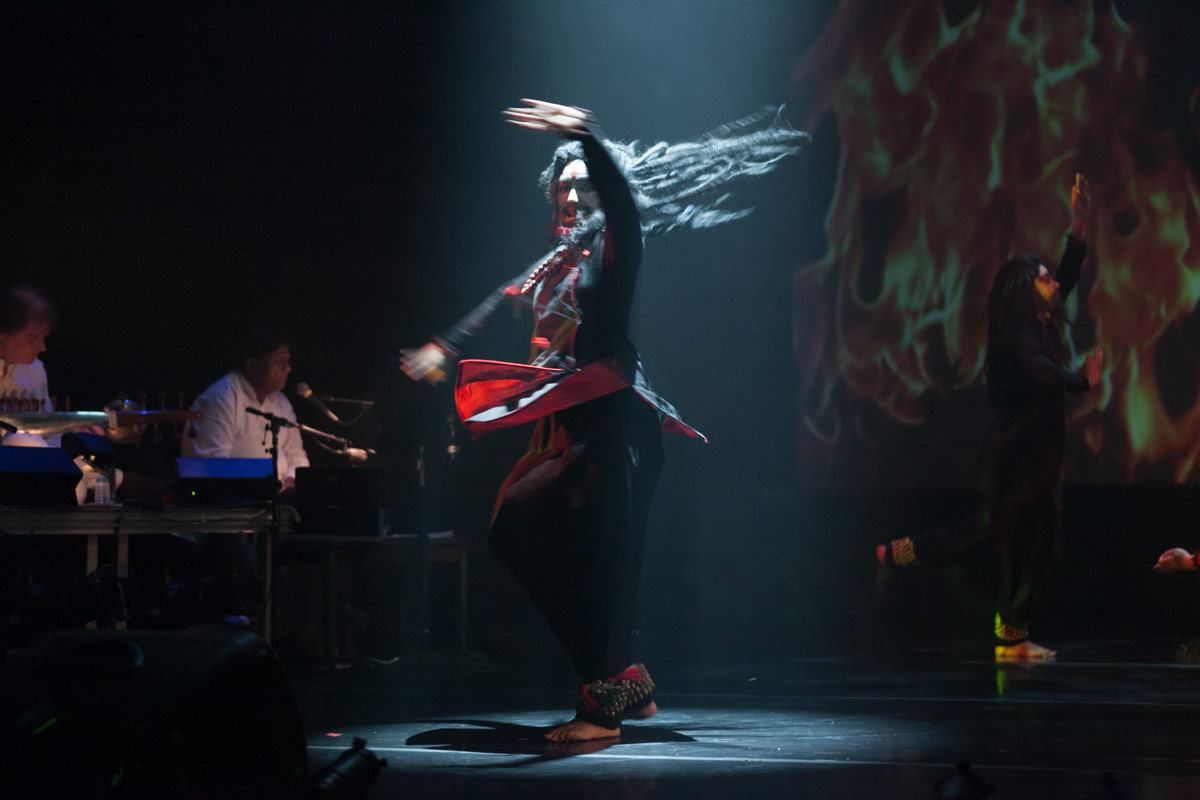
© Margo Moritz. (Click image for larger version)
Heavy beards and dreadlock wigs obscured the artists’ faces and jutting head movements, so important to kathak expression. Dressed in shimmering gold and green, Labonee Mohanta and Cimeron Ahluwahlia performed beautifully as Rati and Madan, the goddess of lust and god of love. They incited Shiva’s deadly wrath, delivered in a shadow play that climaxed in projections of lightning bolts and engulfing flames.
The seven-musician ensemble, playing on a dais at stage right, summoned heaven and earth to play a score composed by Das. Satyaprakash Mishra was a firebrand on the tabla, telling the story with his hands. In the evening’s most thrilling sequence, Mishra, Jim Santi Owen on thavil, and Sekhar Sarukkai on mridangam alternated rhythmic solos like Max Roach and Carl Perkins. Das’s electrifying spirit was present in their music.
In celebration of Das’s legacy, the performance opened with a chant and dance by his Chhandam Youth Dance Company, the last students to receive his legacy directly. The memorial film that followed included clips of Das’s electrifying dancing, a bittersweet reminder of what the world has lost. But in the tradition of Shiva, Das would want us to see his death not as the end of an era, but as the beginning of a new one.









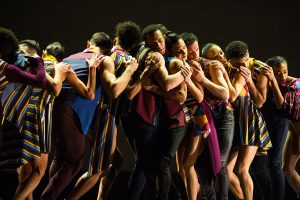





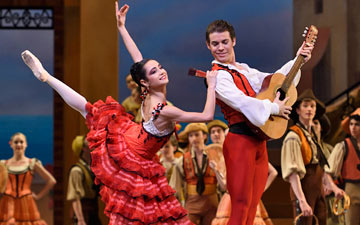
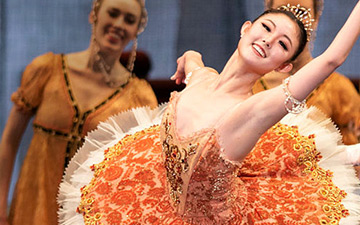
You must be logged in to post a comment.